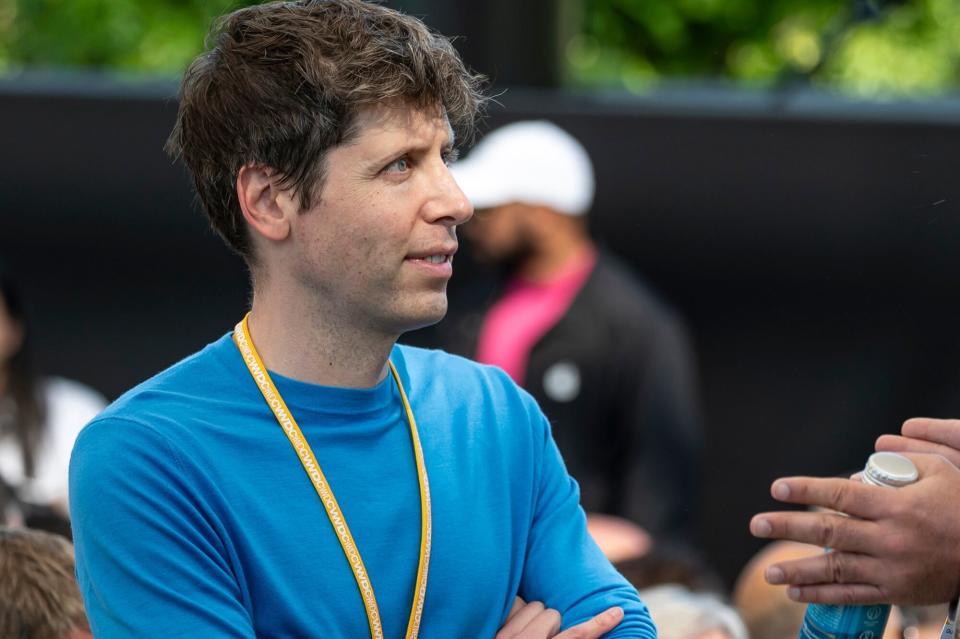OpenAI Scale Ranks Progress Toward ‘Human-Level’ Problem Solving

(Bloomberg) -- OpenAI has come up with a set of five levels to track its progress toward building artificial intelligence software capable of outperforming humans, the startup’s latest effort to help people better understand its thinking about safety and the future of AI.The ChatGPT maker, seen by many as a leader in the race to build more powerful AI systems, shared the new classification system with employees on Tuesday during an all-hands meeting, an OpenAI spokesperson said. The tiers, which OpenAI plans to share with investors and others outside the company, range from the kind of AI available today that can interact in conversational language with people (Level 1) to AI that can do the work of an organization (Level 5).
Most Read from Bloomberg
BlackRock Says Gunman From Trump Rally Appeared in Firm’s Ad
Trump Security Tightened on Iran Plot Intel; No Link to Shooting
From Elon Musk to David Sacks, Silicon Valley’s Trump Backers Cheer Vance as VP Pick
OpenAI executives told employees that the company believes it is currently on the first level, according to the spokesperson, but on the cusp of reaching the second, which it calls “Reasoners.” This refers to systems that can do basic problem-solving tasks as well as a human with a doctorate-level education who doesn’t have access to any tools.
At the same meeting, company leadership gave a demonstration of a research project involving its GPT-4 AI model that OpenAI thinks shows some new skills that rise to human-like reasoning, according to a person familiar with the discussion who asked not to be identified because they were not authorized to speak to press. Reached for comment about the demonstration, the spokesperson said OpenAI is always testing new capabilities internally, a common practice in the industry.OpenAI has said for years that it’s working to build what’s often referred to as artificial general intelligence, or AGI — essentially, computers that can do a better job on most tasks than people. Such systems do not currently exist. OpenAI Chief Executive Officer Sam Altman has previously said he expects AGI could be reached this decade. AI researchers have long debated how to determine the criteria for reaching AGI. In a November 2023 paper, several researchers at Google DeepMind proposed a framework of five ascending levels of AI, including tiers such as “expert” and “superhuman.” The rankings resemble a system often referred to in the automotive industry in order to assess the degree of automation for self-driving cars.
According to the levels OpenAI has come up with, the third tier on the way to AGI would be called “Agents,” referring to AI systems that can spend several days taking actions on a user’s behalf. Level 4 describes AI that can come up with new innovations. And the most advanced level would be called “Organizations.”The levels were put together by executives and other senior leaders at OpenAI, and it is considered a work in progress. The company will gather feedback from people including employees, investors and its board, and may tweak the levels over time.
--With assistance from Shirin Ghaffary.
Most Read from Bloomberg Businessweek
Why the Nobel-Laureate Pioneer of Microfinance Risks Life in Jail
Here’s How to Create a Social Safety Net With Bipartisan Support
©2024 Bloomberg L.P.

 Yahoo Finance
Yahoo Finance 